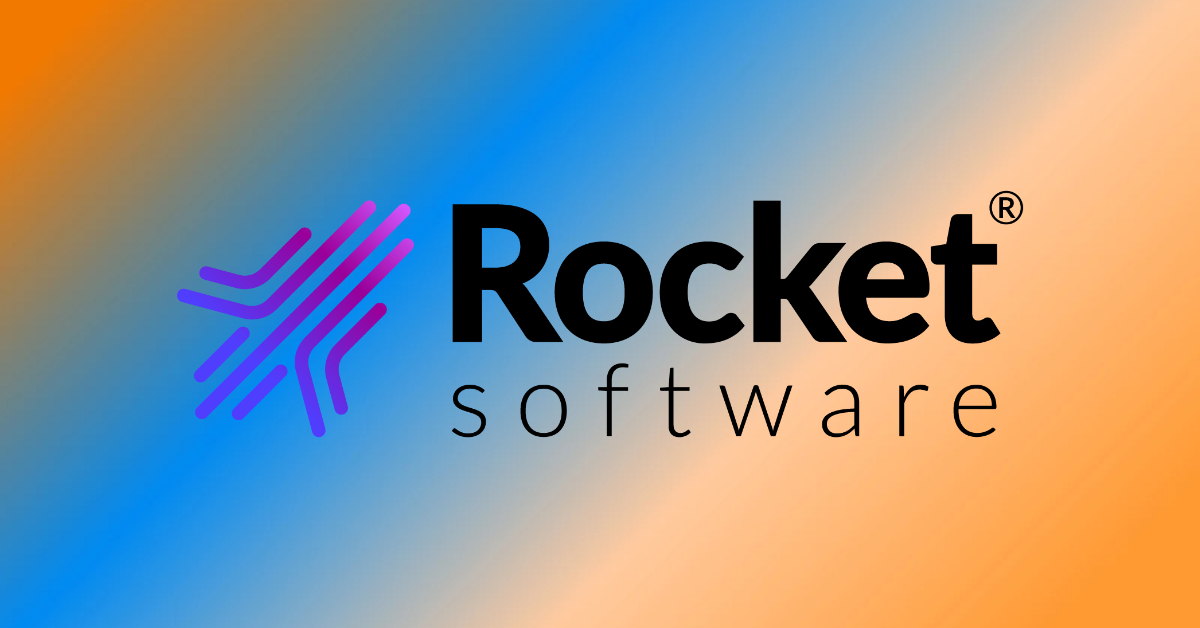The digital economy of the Philippines continues to soar at a rate of 20% and is expected to reach US$20B this year according to the latest e-Conomy SEA 2022 report released by Google, Temasek, and Bain & Company. The same report also noted that the local eCommerce industry is pushing the growth of the country’s digital economy to as high as US$35B by 2025.
The Philippine government is trying hard to promote the growth of the digital economy and increase the country’s competitiveness in the global market with initiatives to improve infrastructure, promote the adoption of digital technologies, and support the development of local businesses.
As part of this effort, mainframe computers have played a significant role in the development of the Philippine digital economy. Mainframe computers are powerful computers that are used to process large amounts of data and perform complex tasks. These machines are often used by organizations for mission-critical applications, such as financial transactions, data analysis, and the management of large databases.
Mainframe computers are used by a variety of organizations in the Philippines, including banks, government agencies, and large corporations. They are used to process and manage large amounts of data, support complex business processes, and ensure the reliable operation of critical systems.
I recently had the opportunity to sit down and chat with Praveen Kumar, Vice President for Asia Pacific at Rocket Software as he was in town for a series of business meetings. Founded in 1990, Rocket Software is a software development firm that provides predictive analytics with deep data, develop AI and machine learning capabilities, and design mobile and browser application using IBM Z, IBM Power, and embedded database platforms. The company acquired ASG Technologies in April 2021.
“Rocket Software predominantly focused on traditional mainframe solutions. We are historically a technical-oriented company and over the past five years, Rocket has been pivoting towards a customer-facing sales company while not losing the technical orientation. While we grow the technical OEM business along with IBM, we are also spending a lot more energy trying to directly interface with the customer and have a larger sales field that is interactive,” said Kumar when I asked him on what keeps the company busy these days adding that their acquisition of ASG Technologies last year is helping them a lot to focus on their clients.
Contrary to popular belief, the mainframe business is not yet a dying industry. As the architecture of computer chips evolved, the adaptability of older software (used in industries such as banking, finance, and insurance) to run on these newer machines is lagging behind. In reality, it is very hard for software vendors to build applications that are specific to the hardware architecture of a box (computer machine), as it is continuously evolving. Kumar pointed out that the mainframe segment has been very stable due to the fact that the architecture used in these machines was solidly designed.
Modernizing the Legacy Landscape
Companies that still use mainframes today are faced with some challenges, particularly in addressing the technology talent gap. With most legacy enterprise software written in RPG (IBM’s high-level programming language) or COBOL (the English-like programming language used in most business applications of yesteryears), both programming languages had been around since the late 1950s, finding the right programmer to modernize applications will be a tough job.
Rocket Software helps modernize the legacy landscape without touching the backend application. When businesses use Rocket Software, their software developers do not need to learn RPG or COBOL to interface their mainframe data with the newer applications. Companies can now launch new products faster using low-code/no-code technologies by using products such as Rocket API, effectively saving on costs up to 30% as they can now focus on managing the application and not on the integration processes.
“Look at solutions that don’t require you to rewrite, re-develop, or change the application itself. Your modernization journey will be a lot better if you can integrate as a first choice. If you can’t, you can go to another package or re-develop,” Kumar’s advice to Filipino businesses that intend to modernize their systems.


